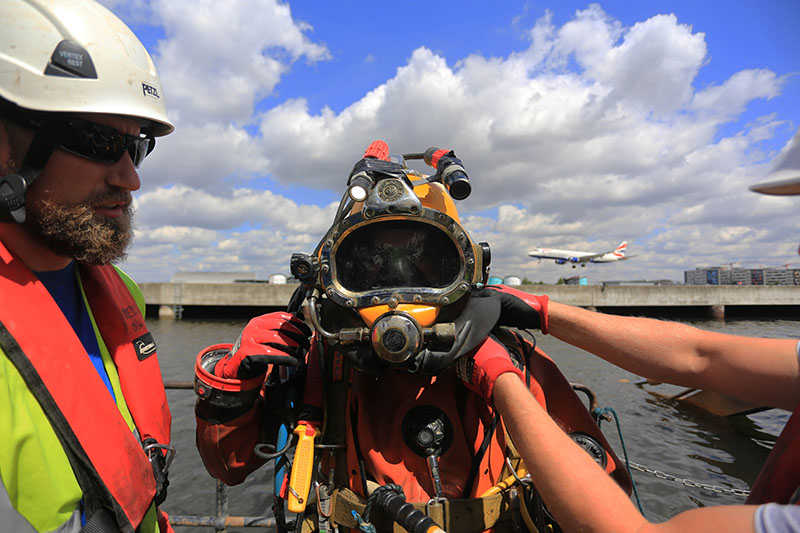Following years of armed conflict and guerrilla warfare in this region, an estimated 9 million landmines threaten the safety of local residents across Western Sahara. SafeLane Global is working east of the Berm to map dangerous areas, and identify and destroy unexploded ordnance (UXO).
This work has necessitated close co-operation with local communities as the company’s highly experienced teams works towards creating a safer environment for everyone.
SafeLane Global has made best use of new technologies and innovations in Western Sahara to provide the most efficient and effective means of area clearance.


